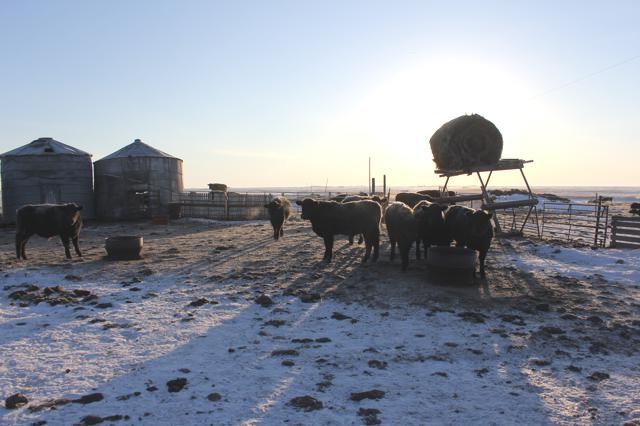As calving season draws to a close and pastures turn green, producers will enter the season of moving herds to pastures. One of the trendy terms in cattle handling these days is “low stress” handling. Colby Elford, regional livestock specialist for Saskatchewan’s Agriculture Ministry, explains that this term is СŔ¶ĘÓƵ used as a catch-all for various terms used to describe low stress cattle handling and safe stockmanship.
“It’s basically how to effectively move cattle in a safe way for animals and people,” he added. This practice grew out of the ground-breaking work by Temple Grandin about how cattle react to their environment and how people can handle them in a safe and humane way. The research has shown that good stockmanship and the way producers relate to their cattle has a direct link to the animals’ production and welfare.
Other cattle handling guidance includes leaving enough time for the job to be completed. If a handler is rushed, this causes stress to the person and animals. Grandin has lectured about the small changes that handlers can make to move cattle more smoothly. For example, cattle pay attention to details and changes in the environment. Removing distractions will help move livestock efficiently. Cattle are attracted to light and do not like to enter dark spaces. A clean pathway through chutes and races ensures that cattle keep moving forward. They may stop if they see small objects on the ground in front of them such as a discarded paper cup. Clanking metal, air drafts, clothing draped over a fence and a change in flooring are other distractions that may stop cattle from moving. If a herd has stopped moving, handlers should evaluate the area for distractions before getting the cattle to move again.
For those with questions about safe practices, Elford recommends checking out the Beef Cattle Code of Practice developed by the National Farm Animal Care Council. It outlines the care and handling of beef cattle with a section devoted to animal husbandry. In the electronic age, producers can find a wealth of advice on stockmanship on YouTube and elsewhere online. Many individuals throughout Canada and the U.S. offer classes and workshops on safe handling. Handlers are advised to check out the backgrounds of these individuals before signing up for their classes or following their advice.




